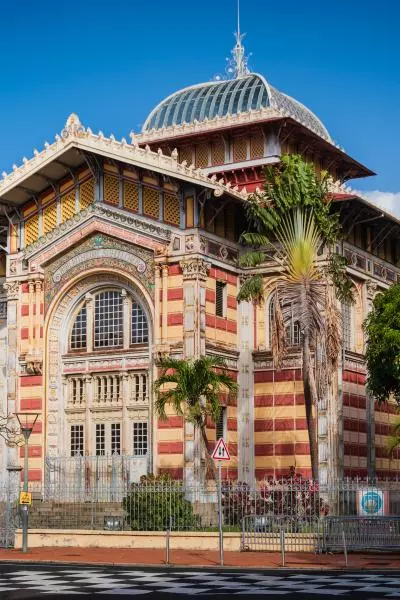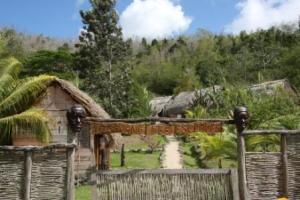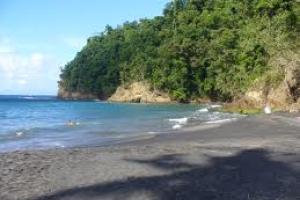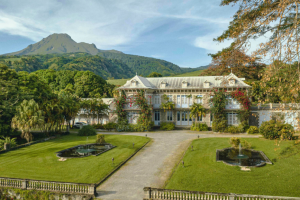
- Cruise
- Travel agency and TO
- Press
- MICE
- Blog
to the sky
Martinique's architecture bears witness to its past
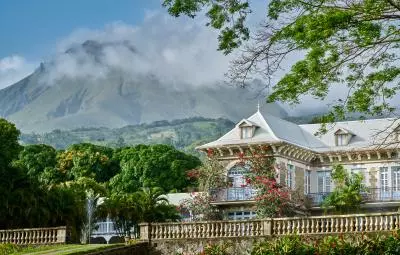
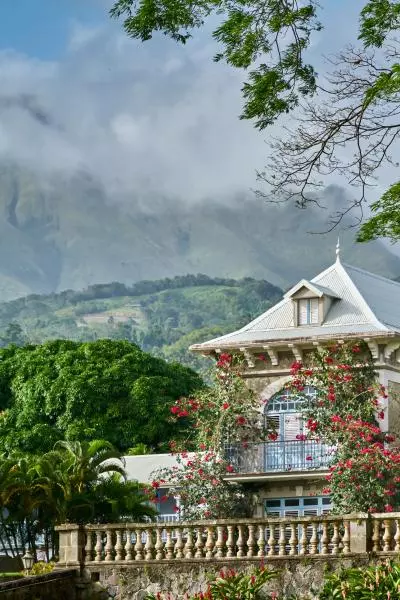
past
The "cases"
Les "Cases" (huts), some of which can still be seen in Martinique and particularly in the south, were designed by the first settlers to arrive on the island. These men, who came from Europe, were inspired by the huts built by the Arawaks in Amerindian times. At that time, hut villages were made up of "Carbet" (large huts concentrating communal life) and "Ajoupa" (small huts used for rest).
The huts built by the settlers were made of woven branches, a plant blanket acting as a roof and a small outdoor shelter housing the kitchen. Gradually, these huts were fitted with planks on the facade and tiles for the roof. Faced with the price of land in some city centers, a second floor was built and the first floor was reinforced with cement, while wood was retained for the upper floor. Wooden or wrought-iron balconies embellish these "town houses". Today, these architectural pieces can still be found in the town center of Les Trois-Îlets, a commune in the south of Martinique.
.
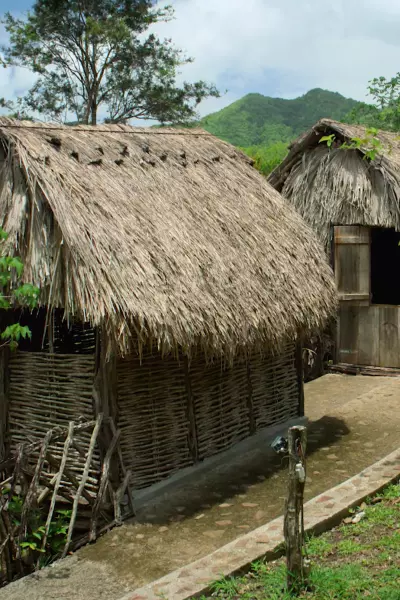
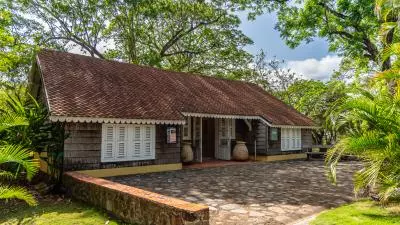
The houses of the masters
On their arrival, the colonists built improved huts around which the slaves lived. But their economic success led to improvements in housing, inspired by the European model. Thus, the house was equipped with a covered gallery and a second floor set back slightly, "the Belvedere".
They tried to improve the circulation of fresh air currents by building houses on heights exposed to the trade winds, and louvers replaced glazed windows. Dating from the 18th century and open to the public, the Clément dwelling is a fine example of this architectural style.
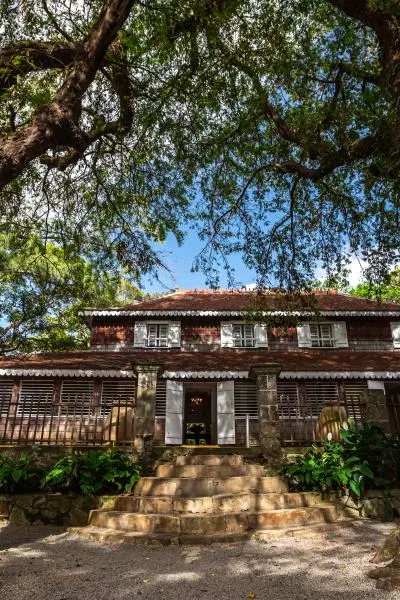
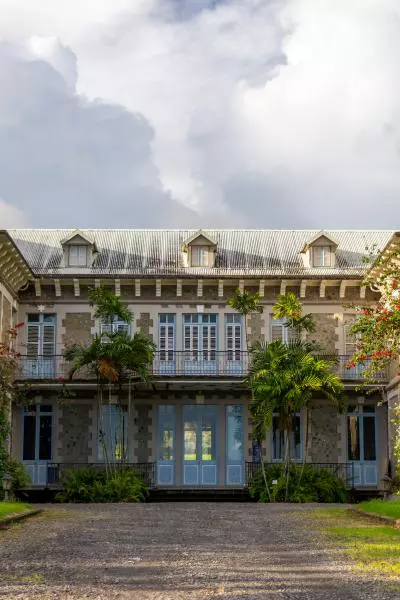
Metallic ARCHITECTURE
Following the industrial revolution and its success in Europe, metal architecture was exported to the West Indies. Highly practical, this technique withstood tropical climates and earthquakes. It was used after the terrible fire of 1890 in the city of Fort-de-France to build the Schœlcher Cathedral and Library.
The Schœlcher library, with its colorful facades and cupola, was presented at the 1889 Universal Exhibition in Paris, then dismantled and transported by boat to Fort-de-France. After several fires, Fort-de-France Cathedral was rebuilt several times. In 1978, it was almost entirely rebuilt by the same architect as the Schœlcher library, Henri Picq, in this metal style.
